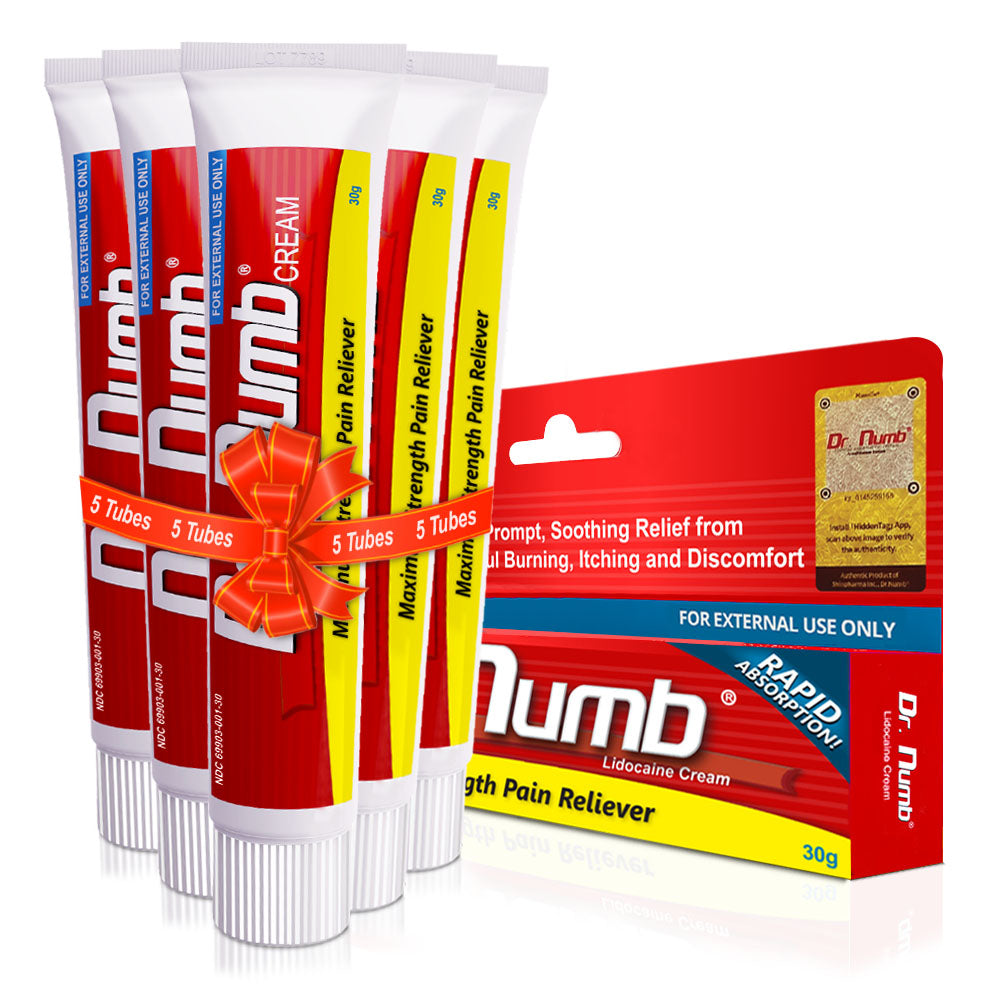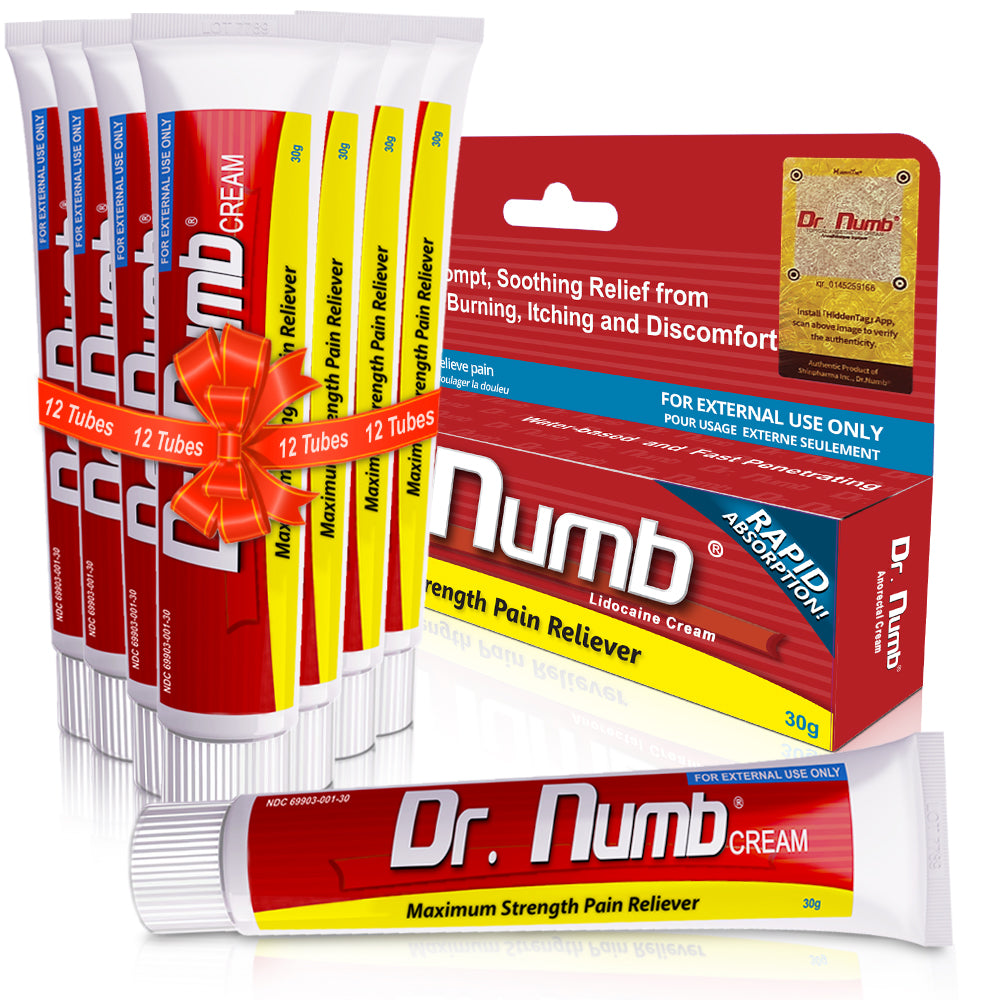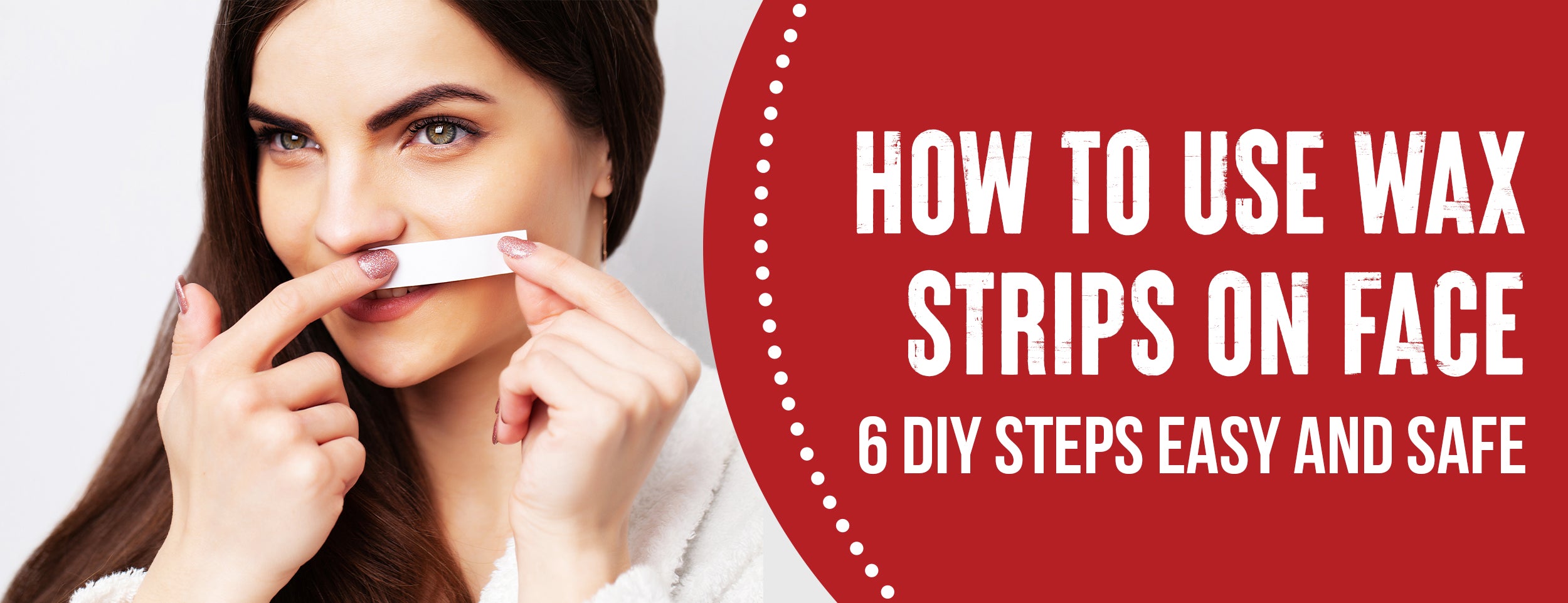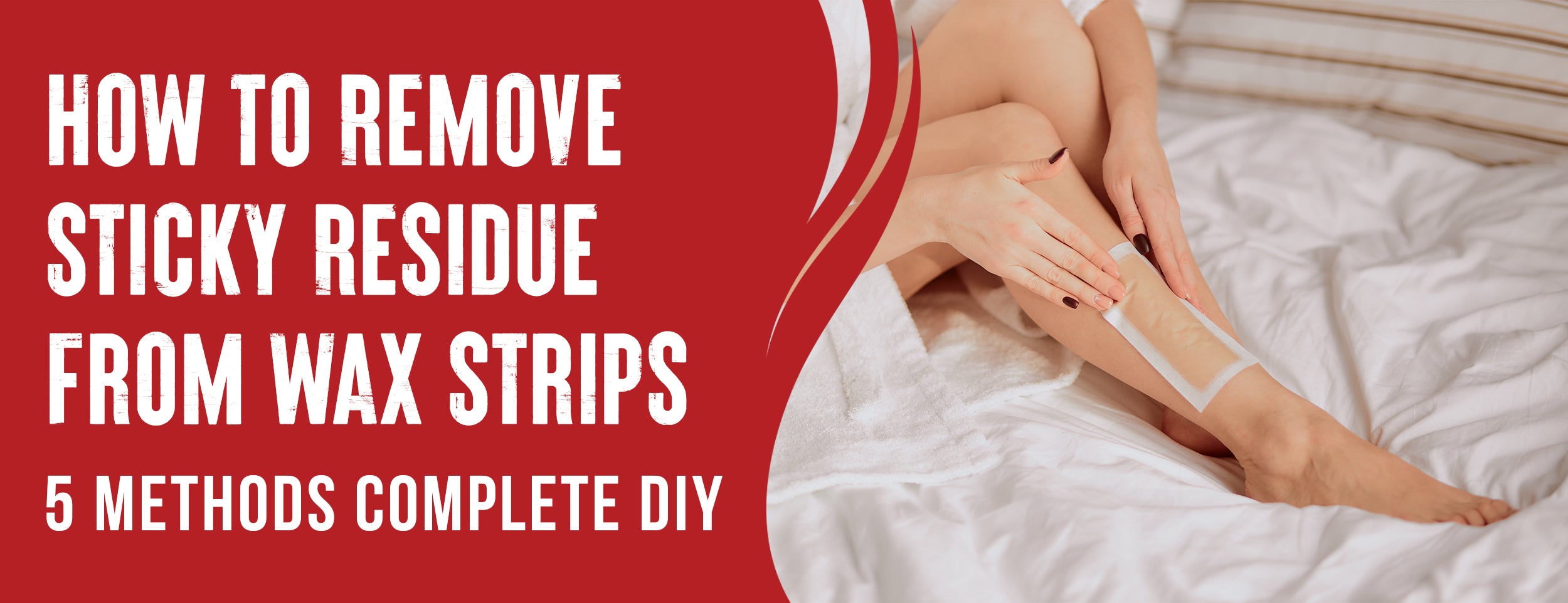You should use a hand mirror to check your work when waxing, and the hair should be trimmed to 3-5mm. You should ensure that the wax is clean, the consistency is right, and it is spread evenly. Keep your skin taut and remove wax quickly. Post-care is also crucial.
Public hair waxing is the solution you need. It provides longer-lasting results and leaves the skin feeling smooth and soft. As with any beauty regimen, knowing how to wax public hair properly is essential to avoid any potential damage or discomfort.
In this blog post, we will guide you through preparing for, waxing, and aftercare of public hair waxing, as well as provide additional considerations and safety measures to keep in mind.
How to Wax Public Hair: 4 Steps

We’ll cover the best method for applying wax to the skin, pulling the wax strip, and any special considerations for sensitive skin. We’ll also discuss the pain factor and how to handle it.
Preparing the Skin for Waxing
One of the essential steps in preparing for a waxing session is to ensure that your skin is clean and dry, as excess oil, sweat, or dead skin cells can interfere with the wax's ability to adhere to the hairs and increase the risk of irritation or ingrown hairs. Here are some things you should do before waxing:
- Shower or bath to cleanse your skin and soften the hair.
- Exfoliate gently with a scrub or brush to slough off dead skin cells and prevent ingrown hairs.
- Avoid using lotions, oils, or powders that can create a barrier between the skin and wax.
- Trim long hairs to a length of about 1/4 inch if needed, as longer hairs can make waxing more painful.
Choosing The Right Type of Wax
Different types of wax are on the market, such as hard wax, soft wax, or sugar wax, and each has pros and cons. When waxing public hair, it is recommended to use a formula specifically designed for sensitive skin, as the intimate area can be more prone to redness, swelling, or even infection. Here are some things to consider when choosing a wax:
- Look for a wax that contains soothing ingredients like aloe vera, chamomile, or lavender, which can help reduce inflammation and calm the skin.
- Check the temperature of the wax before applying it, as it should be warm enough to spread quickly but not too hot to burn the skin.
- Test the wax on a small skin area first to ensure it does not cause an allergic reaction or discomfort.

Applying Wax to The Skin
Once you have selected the suitable wax for your needs, it is time to apply it to your skin using the proper technique. Here are some tips on how to apply wax:
- Use a spatula or applicator to spread a thin layer of wax in the direction of hair growth, covering only a tiny area at a time.
- Avoid spreading wax over the same area twice, which can cause skin damage or bruising.
- Press a wax strip or cloth over the wax firmly to ensure good adhesion.
- Hold the skin taut with one hand and use the other hand to pull the strip off quickly against hair growth, keeping it as close to the skin as possible.
- Repeat the process until you have removed all unwanted hair, being careful not to apply wax to the same area repeatedly.
Handling the Pain Factor
Waxing public hair can be uncomfortable or even painful, especially if you have never done it before or have sensitive skin. There are ways to minimize the pain and make the experience more bearable. Here are some tips for handling the pain factor:
- Take a pain reliever or apply a numbing cream or spray about 30 minutes before waxing to reduce the pain sensation.
- Use cold compresses or ice packs to soothe the skin after waxing and reduce redness or inflammation.
- Avoid other activities that irritate the area, such as wearing tight clothes, swimming, or using scented products.
- Wait for at least 24 hours before having sex, exercising vigorously, or sunbathing, as these can increase the risk of infection or ingrown hairs.
Public Hair Waxing: 4 Aftercare
We must focus on the aftercare process while discussing waxing public hair. This is because the skin in the private area is sensitive and requires extra care and attention after waxing. After a waxing session, we will discuss the steps you need to take to care for your skin.
Removing Excess Wax

After waxing, it's common to have some excess wax residue on your skin. This can be removed by applying a small amount of baby or olive oil to the affected area. The oil will help to break down the wax, making it easier to remove. Simply wipe away the excess wax with a clean cloth or tissue.
Treating the Skin with Post-Waxing Products
Post-waxing skin care is essential to help soothe and protect the skin. A good post-waxing lotion or cream can help moisturize the skin, reduce inflammation, and prevent ingrown hairs. Look for products that contain ingredients like tea tree oil, aloe vera, and chamomile to help calm and soothe the skin.
Avoiding Activities That Could Irritate The Skin
After waxing, avoiding irritants is essential, such as wearing tight clothing, using harsh soaps, or engaging in strenuous exercise. These activities can cause friction and further irritation to the skin. Instead, opt for loose-fitting clothing and gentle, fragrance-free cleansers to keep the area clean and comfortable.
Scheduling Regular Waxing Appointments
To maintain the smooth, hair-free results of waxing, it's important to schedule regular waxing appointments. This will help keep the hair growth cycle in check, preventing ingrown hairs and minimizing discomfort during waxing. Waxing appointments should be scheduled every 4-6 weeks.
Waxes for Public Hair: Additional Considerations
When it comes to pubic hair waxing, there are additional considerations you should keep in mind to ensure a safe and successful experience. We'll discuss common mistakes to avoid, how to choose between professional waxing services and DIY waxing, alternative methods for removing pubic hair, and the cultural and societal implications of pubic hair removal.

Public Hair Waxing Mistakes and How to Avoid Them
Waxing pubic hair can be intimidating for beginners and even experienced individuals. Several common mistakes can lead to irritation, discomfort, and even injury. Here are some tips to avoid these mistakes:
- Applying wax to wet skin: Moisture can prevent the wax from adhering correctly to the hair, making it more difficult to remove and causing skin damage. Make sure the skin is completely dry before applying polish.
- Applying too much wax: Overloading the wax can make it harder to remove and increase the risk of ingrown hairs. Use a thin layer of wax that covers the hair completely.
- Pulling the wax in the wrong direction: Pull the wax strips in the opposite direction of hair growth to avoid breaking the hair and causing skin damage.
- Waxing too often: Frequent waxing can lead to skin irritation and damage. Wait at least three weeks between waxing sessions.
- Not exfoliating before waxing: Dead skin cells can accumulate around hair follicles, making it harder for the wax to grip the hair. Exfoliate the skin before waxing to remove these cells and prevent ingrown hairs.
Professional Waxing vs DIY Waxing
If you're considering waxing your pubic hair, you may wonder whether to visit a professional or do it at home. Here are some factors to consider.
Professional waxing services:
- Pros: Professional estheticians have the training and experience to ensure safe and effective hair removal. They can also provide aftercare advice and recommend suitable products.
- Cons: Professional waxing services can be more expensive than DIY waxing, and you may need to schedule appointments in advance.
DIY waxing
- Pros: DIY waxing can be more affordable than visiting a professional, and you can do it at your convenience.
- Cons: DIY waxing requires practice and preparation to avoid mistakes and achieve the desired results. You also need to invest in suitable products and tools.
Public Hair Removal Alternatives

If you prefer not to wax your pubic hair, there are other methods you can try:
- Shaving: Shaving is a quick and easy way to remove pubic hair, but it requires frequent maintenance and can cause irritation and ingrown hairs.
- Depilatory creams: Depilatory creams dissolve hair at the skin's surface, but they can also cause skin irritation and may not remove all the hair.
- Laser hair removal: Laser hair removal is a long-lasting solution that targets hair follicles with a laser beam. It can be expensive and requires several sessions.
Pubic Hair Removal and Cultural Implications
Removing or maintaining pubic hair is a personal choice, but cultural and societal norms can influence it. In our current society, the media often portrays a hairless or groomed pubic area as desirable or attractive. This does not mean that everyone should conform to these standards. Here are some perspectives to consider:
- Personal preference: Ultimately, the decision to remove or maintain pubic hair should be based on personal preference, comfort, and hygiene.
- Gender roles: In some cultures, pubic hair removal is associated with femininity or masculinity. It is essential to recognize that these gender roles are socially constructed and may not reflect individual preferences or gender identities.
- Health implications: While pubic hair removal does not inherently pose health risks, it can increase the risk of skin irritation, ingrown hairs, and infections.

Conclusion
If you're looking for a versatile product to help you achieve the perfect hairstyle, public hair wax is a must-have in your haircare kit. It's easy to use, and the benefits are endless. From creating flexible curls to polishing unruly facial hair, hair wax is an excellent solution for all your styling needs.
But to get the most out of hair wax, it's essential to consider factors like your hair type, the amount of product you use, and the style you're going for. With our step-by-step guide on using hair wax, you can ensure that you're using the product effectively and achieving optimal results.
So, whether you're a seasoned haircare pro or a newbie looking to up your styling game, try hair wax and see how it can transform your look. With proper care and attention, you can achieve any style you desire.



















